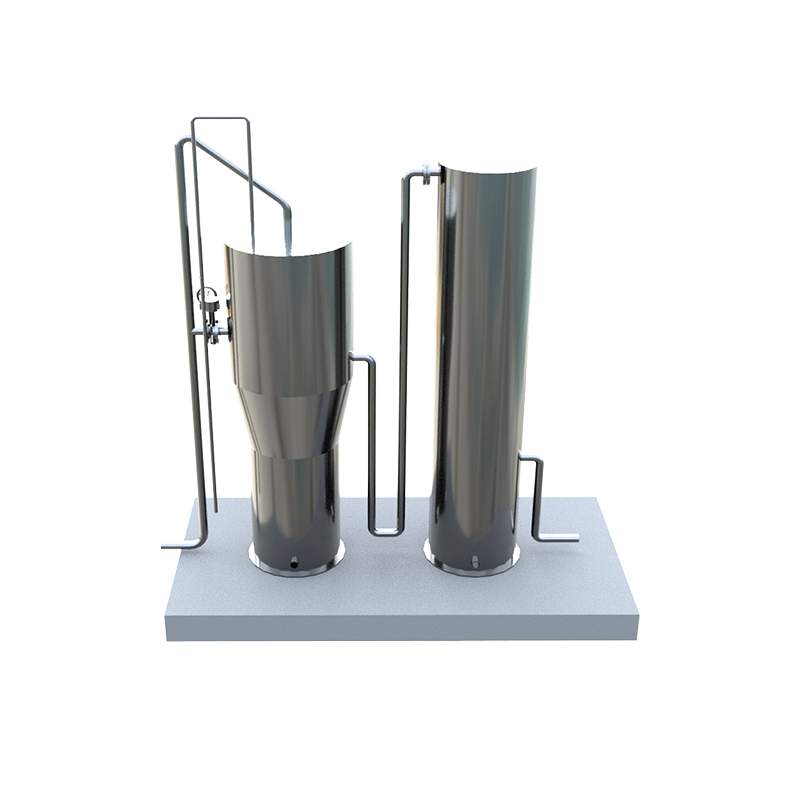On July 26th, the Ministry of Ecology and Environment held its regular press conference for July. It is reported that as of now, 14 provinces in China have issued ecological protection red lines for their respective administrative regions. Sixteen other provinces, including Shanxi, have formed ecological protection red line delineation plans and completed expert discussions. Some provinces have passed provincial government reviews.
In February 2017, the General Office of the Communist Party of China and the General Office of the State Council issued the "Several Opinions on Defining and Strictly Adhering to Ecological Protection Red Lines", which proposed that by the end of 2017, the Beijing Tianjin Hebei region and provinces (municipalities directly under the central government) along the Yangtze River Economic Belt should define ecological protection red lines; By the end of 2018, other provinces (autonomous regions, municipalities directly under the central government) will establish ecological protection red lines; By the end of 2020, the national ecological protection red line delineation will be fully completed, and the ecological protection red line system will be basically established.
As of now, 14 provinces have completed the delineation and announcement of specific plans for ecological protection red lines. For example, Sichuan Province has specified that the total area of ecological protection red lines is 148000 square kilometers, accounting for 30.45% of the province's total area. Yunnan Province has designated a provincial ecological protection red line area of 118400 square kilometers, accounting for 30.9% of the total land area.
From a classification perspective, each province and city closely considers the local actual situation when delineating ecological protection red lines. For example, Hebei Province announced that it has designated an ecological protection red line area of 40500 square kilometers, accounting for 20.70% of the country's land area.
Hou Jinchi, Director of the Natural Ecology Protection Department of Hebei Provincial Environmental Protection Department, stated that the primary criterion for delineating ecological protection red lines is scientificity. According to the principle of balanced population, resources, and environment, and unified economic, social, and ecological benefits, the overall planning of national land space development, scientific layout of production space, living space, and ecological space. Taking into account the overall and systematic nature of the province's natural ecology, as well as the orderly connection of ecological protection red lines across regions, scientifically and reasonably delineate ecological protection red lines.
In order to strengthen the supervision of ecological protection red lines, the Ministry of Ecology and Environment is formulating relevant management measures. Clarify the management principles, human activity control, protection and restoration requirements of the ecological protection red line, comprehensively grasp the dynamic changes of the ecological protection red line, and strictly abide by the ecological protection red line.
Regarding the other 16 provinces and cities whose plans are currently under approval, Liu Youbin, spokesperson for the Ministry of Ecology and Environment, introduced that the Ministry of Ecology and Environment will work with relevant departments to conduct technical reviews of the plans for Shanxi and other 16 provinces, and submit them for approval according to procedures, in order to quickly form a national "map" of ecological protection red lines.
In addition, in order to implement the main responsibility of local governments to delineate and strictly abide by the ecological protection red line, strict accountability will be held for illegal acts that damage the ecological protection red line, ensuring that the red line is drawn accurately and upheld. Liu Youbin stated that the delineation and implementation of ecological protection red lines will be included in the scope of central environmental inspection.












